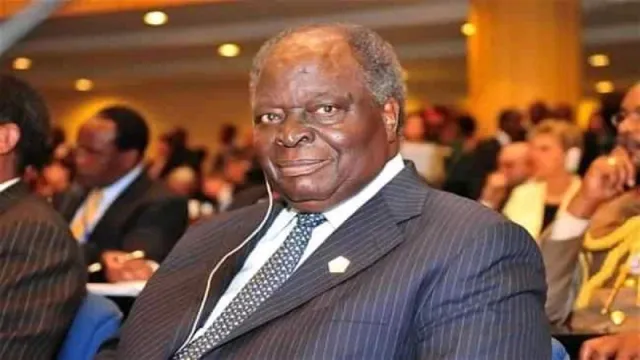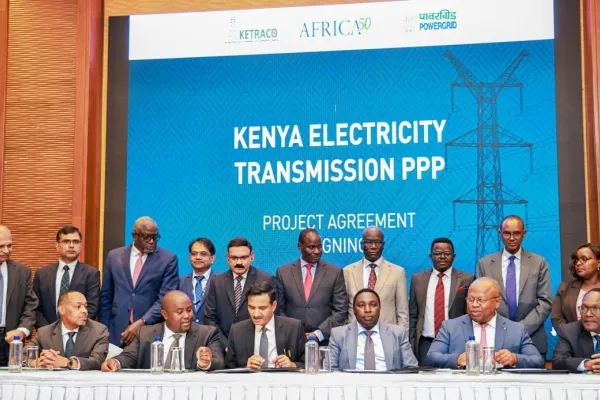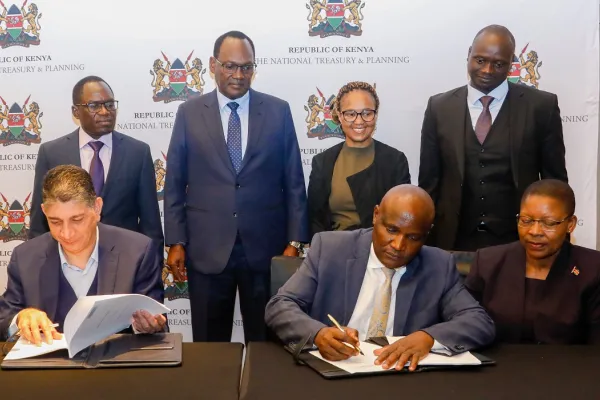Goodbye Mwai Kibaki: The man who dragged Kenya off its sick bed

Goodbye Mwai Kibaki: The man who dragged Kenya off its sick bed
While recovering from a life-threatening road accident, Mwai Kibaki took steps to create jobs, salvage industry, and reset the economy on a new foundation for growth soon after he was inaugurated Kenya's President at 11:00 am on Monday, December 30, 2002.
As fate would have it, his career provided Kenya with the right man for the job at hand: A First Class Honours Degree in Economics from Makerere University and a distinction in Public Finance studies from the London School of Economics.
Mr Kibaki embarked on a mission of transforming the economy and lifting millions out of poverty amid a tight budget following halt of credit support from global lenders due to indepence party KANU’s love affair with sleaze and graft.
According to the World Bank, Kenya’s GDP was at $13.2 billion in 2002 and grew to $56.4 billion in 2013 when he left office.
During his term, Kenya reported the highest annual economic growth ever achieved in recent times of 7 percent in 2007 compared to an awful -1.6 percent in 2002.
The economic growth, however, contracted to 1.7 percent following 2007/2008 post-election violence which put a huge dent in his performance at the start of his second term in 2008. The global financial crisis compounded the misery for the country while he was at the helm.
His administration prioritized infrastructure to spur growth, seeing Mr Kibaki launch key roads, rail, port, and airport investments across the country.
For the man who was born on November 15, 1931, in Gatuyaini village, Othaya, Nyeri County, a key highlight of his reign was the construction of the Kes30 billion Thika Super Highway, which received financing from the African Development Bank.
Read also: A look into what’s brewing for EABL in the next 100 years
Under President Kibaki, dilapidated rail infrastructure also got a facelift with the refurbishment of the meter gauge railroad, complete with the set up of new stations: Syokimau, Imara Daima, and Makadara in Nairobi.
Kisumu Airport was upgraded to global standards at a cost of Kes3 billion while the Jomo Kenyatta International Airport received funding, turning it into a regional hub for passenger and freight.
At the Kenyan Coast, dredging of the ocean commenced leading to the construction of the Kes30 billion second container terminal at the Port of Mombasa.
President Kibaki is also lauded for accelerating investments in electricity generation as well as access. Data from the Kenya National Bureau of Statistics shows that generation rose to 1,534MW as a result of new geothermal power sources while access shot up to over 2 million from half a million customers when he took power.
The launch of the Rural Electrification Programme, which was aimed at connecting schools, government offices, and businesses with electricity, also saw additional 309,207 customers hooked to the national grid.
In finance, Mr Kibaki led transformations seeing net foreign direct investment inflows jump to the highest level as a percentage of GDP to 3.1 percent in 2011 according to the World Bank.
By the end of his term in 2012, the portfolio of public debt was Kes1.5 trillion with domestic borrowing accounting for 50.6 percent.
It was during President Kibaki’s reign when the Constituency Development Fund (CDF) was introduced. This financing was wired to support grassroots development projects effectively fighting poverty among the most marginalized in Kenya's society.
Through the CDF, boreholes, water projects, schools, markets, dams, electricity projects, and similar others were initiated across Kenya. Healthcare and educational institutions also received a huge boost through CDF financing, which also ushered in the present-day devolution system, a product of the 2010 Constitution that he also promulgated.
Kenya's revenue collection increased from just over Kes213 billion in 2002 to Kes971 billion in 2013, even as he steered the country's budget plan past the Kes1 trillion mark.

The communication and technology sector experienced massive transformation under Mr Kibaki as the wave of adoption of mobile phones swept across the country, leading to the introduction of the mobile money service, M-PESA, in 2007 by Safaricom.
In his tenure, mobile subscriptions increased to a massive 29.7 million from just over 668,000 in 2002, attributable to a sharp rise in financial inclusion aided by mobile technology innovation.
He also oversaw the creation of Kenya’s Vision 2030, a long-term development blueprint that was billed to raise the country's GDP growth to 10 percent while transitioning the country into a middle-income state by 2030.
Mr Kibaki introduced free primary education in 2003; which brought over 1 million children, who would not have been able to afford school the chance to attend.
He will also be remembered by Kenyans for his low-key publicity averse style of leadership but also one of a highly intelligent and competent technocrat.
Previously, Mr Kibaki served as the fourth vice-president (1978 to 1988) under President Daniel arap Moi and also as Finance Minister (1969-1981) in President Jomo Kenyatta's administration.



